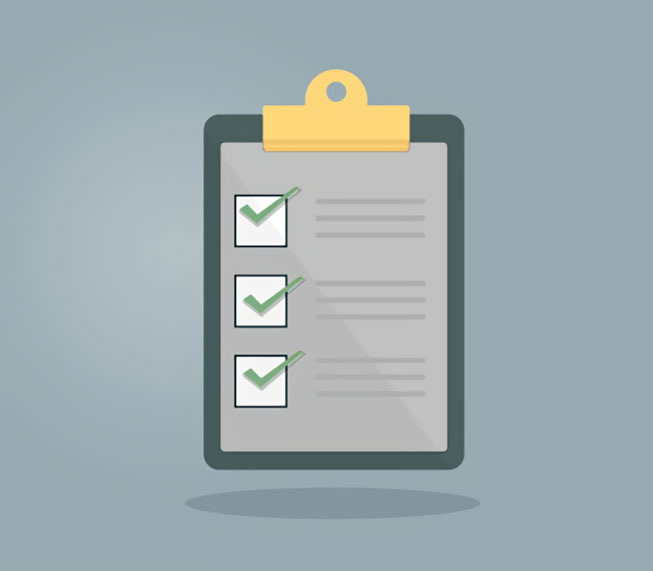Scrum Checklist
Whether you are aspiring to become a Scrum Master or taking your first steps to become a professional Scrum Master, the following article by NAL SE Tran Duy Truong will give you an overview of what a Scrum Master does and what the job entails.

Whether you are aspiring to become a Scrum Master or taking your first steps to become a professional Scrum Master, the following article by NAL SE Tran Duy Truong will give you an overview of what a Scrum Master does and what the job entails.
The daily tasks of a Scrum Master:
- Is the team in good condition? Help the team to move forward at a sustainable pace.
- Clear goals (clear expectations and rules, achievable goals, consistent with each person's skills and abilities).
- They are focused and have a high degree of concentration on specific areas that require attention.
- No low self-esteem, high level of awareness and action.
- Direct and immediate feedback (being able to quickly identify successes and failures in a sequence of actions, so that actions can be adjusted as needed)
- Self-management in each situation and activity.
- Does each team member get along well, enjoy working together, and take pleasure in the success of others?
- Do team members work together to keep everyone's standards high and encourage everyone's growth?
- Are there any issues or opportunities that the group is not discussing together because they might cause undue discomfort within the group?
- Is the team focused on the goals of the sprint? Do mid-sprint checks so that the team can see the approval criteria for items in the product backlog that they have committed to completing during the current sprint.
- Does the task list accurately reflect the work that the team is actually doing? Be aware of "potential problems" with unresolved tasks or tasks that may take more than a day to complete. Tasks that are not related to the sprint commitment are obstacles to meeting the commitment.
- Is the team's task list up to date?
Sprint Job Description:
- Is the product backlog organized based on the team's latest knowledge? Are the expectations and requirements of stakeholders and product owners recorded in the product backlog?
Note: Product backlog is important.
- Is the quantity of the product backlog manageable? In order to keep the number of items within manageable limits, detailed items should be placed at the top and abstract items should be placed at the bottom in general. Analyzing the items at the bottom of the product backlog too deeply can be counterproductive. Requirements may be changed in consultation with stakeholders and product owners about the developed product.
- Are the requirements created using independent user stories?
- Are the requirements sufficiently granular?
- Are the requirements testable?
- Have you explained the technical debt and how to avoid it to the product owner?
One possible solution is to add automated test writing and refactoring to the definition of "complete" for each item.
- Is the product backlog charted in such a way that it can be quickly reviewed by stakeholders?
If you are using automation tools for backlog management, do you know how to make it easy for anyone to use them? There is a risk that automation management tools may become confusing without active communication from the Scrum Master.
- Is it possible to communicate the information in the printed materials to each person?
- Does it allow you to create large, clear charts to convey the information you want to convey?
- Is the product owner able to organize the backlog items into groups with appropriate release timing and priority?
- Has the product owner adjusted the release plan since the last sprint review meeting?
- Have you tried different methods and locations for the sprint review meetings?
Checklist for Sprint Planning
- Are the planning sessions on time?
- Are there any absent members? What are the reasons?
- Is the product backlog prepared before the planning session?
- Does the product owner check the current status of the product at the beginning of the planning session?
- Does the product owner have a desired sprint goal at the start of the planning session?
- Does the product owner have a desired sprint goal at the beginning of the planning session?
- Have you estimated the capacity of the development team?
- Have the development team and product owner reviewed the items that could be developed in the sprint?
- Are there acceptance criteria for items that can be developed during the sprint?
- Has the development team categorized the categories to be developed in the sprint backlog?
- Have the items in the sprint backlog been estimated?
- Is the product owner satisfied with the development team's commitment?
- Is the development team confident in its ability to deliver on its commitments?
- Is the product owner satisfied with the development team's commitment?
I hope that SE Tran Duy Truong's article helped you to understand Scrum Master better so that you can be best prepared when you become a true Scrum Master.
Original article: https://media.nal.vn/scrum-checklist
